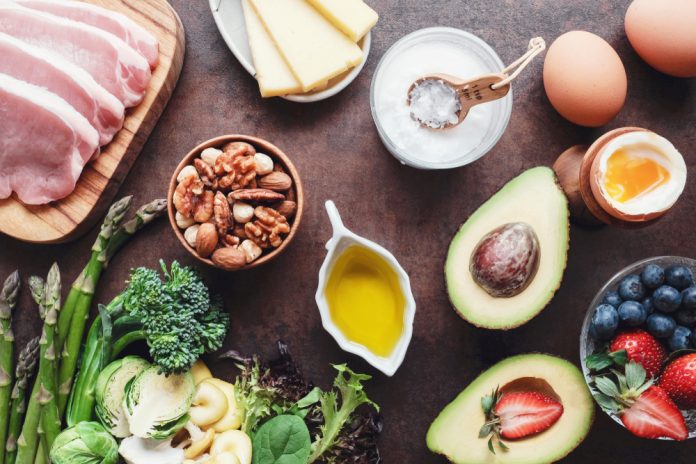Cutting back on carbohydrates (carbs) can be an effective way to decrease overall calorie consumption. Some helpful strategies include limiting consumption of refined bread, using alternative flours, and finding low carb snacks. This is because refined and processed carbs can quickly turn into sugars in the body. While reducing carb intake may be challenging, finding substitutes can aid in the process.
However, it’s important to note that carbs are a crucial component of a healthy diet and should not be eliminated entirely. They provide essential energy, and any excess is stored as glycogen in the liver and muscles. If more carbs are consumed than needed, the body will convert them into fat for later use, which can lead to weight gain over time. Here are some simple tips for cutting carbs without feeling restricted.
- Limit refined bread and grains
White bread, in particular, is high in refined flour and low in fiber, making it a source of simple carbs. Gradually removing refined grains from the diet can be achieved by eliminating packaged snacks, such as crackers and biscuits, in the first week, followed by baked goods like cookies and muffins in the second week, and eventually cutting out bread entirely.
- Try vegetable alternatives
Often, what people miss most about refined grains is their function in everyday foods like sandwiches, pasta, and pizza. However, there are low carb vegetable substitutes for these dishes, such as using shredded zucchini or yellow squash for pasta, mashed cauliflower for mashed potatoes, and cauliflower for pizza crust.
- Explore alternative flours
There are several flours suitable for a low carb diet, including certain nuts like almonds, chickpeas, coconut, and oats. These versatile flours can be used to make a variety of dishes, from fried chicken and pizza crusts to muffins and pancakes.
- Limit added sugars in beverages
Sugary drinks are a significant source of carbs, including soda, energy drinks, fruit cocktails, sports drinks, and flavoured milk. Even seemingly healthy options like fruit juice can contain high amounts of sugar. The Center for Disease Control and Prevention (CDC) warns that frequent consumption of sugary drinks can lead to weight gain, heart disease, kidney disease, type 2 diabetes, and other health issues. Opting for water or unsweetened drinks, or infusing water with fruits and herbs, can provide a flavourful and low carb alternative.
- Avoid packaged snacks
Most packaged snacks are high in carbs, containing ingredients like flour, sugar, and refined starches. It’s best to avoid these snacks, except for those made from whole foods like fruit and nuts.
- Find low carb alternatives
Having low carb options on hand can help resist the urge to snack on unhealthy foods. Some nutritious and filling snacks include almonds, Brazil nuts, apples, natural yogurt, pumpkin seeds, satsumas, strawberries, and eggs.
- Order “protein style”
Ordering a burger or sandwich without the bun, also known as “protein style,” can significantly reduce the carb content of a meal. Many restaurants offer lettuce leaves or other greens as a replacement for bread, which can still provide a convenient on-the-go option. This may also apply to sides, where starchy options like potatoes or toast can be replaced with extra vegetables.
Extra Tips:
– Ask for extra lemon at restaurants to add flavour and aid in digestion.
– Read food labels carefully to determine the net carb value by subtracting fiber from total carbs.
– Consult a dietitian for personalised advice on reducing carb intake.
– Gradually reduce carb consumption rather than cutting them out completely.
– A low carb diet can aid in weight loss by increasing energy expenditure.
– Avoid refined grains like white bread, white flour, and white rice to reduce carb intake.
In summary, making delicious alternatives to high carb foods and incorporating low carb snacks into the diet can make cutting carbs more manageable. It’s also essential to consult a dietitian to ensure a balanced and sustainable approach to reducing your carb intake based on your individual requirements, medication and lifestyle.








